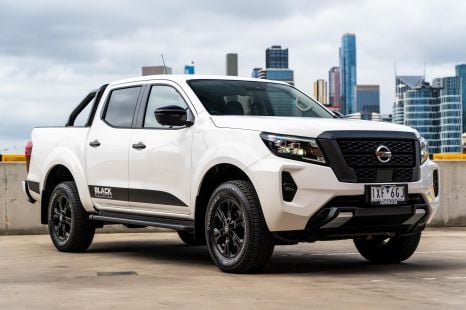

Josh Nevett
3 Months Ago

Contributor
Ford has made no secret of the fact the Ranger Raptor ute has been inspired by the world of Baja off-road racing.
Now, a version of the Raptor, modified for racing by Kelly Racing in Melbourne and Lovell Racing in the USA, will take on the Baja 1000 desert race on the Baja California Peninsula in Mexico between November 15 and 20, 2022.
It’ll be powered by a “low-carbon” biofuel developed by Shell, which is a mix of ethanol and a product derived from vegetable oils and other organic waste, dubbed bio-naphtha.
Given it’ll be competing in the stock class of the 1000, changes to the Raptor relative to what you can buy from your local Ford dealer are limited to a three-inch lift, two-inch wider arches, and minor engine upgrades.
External changes are limited to a bull bar and an LED light bar, along with a harder-core bash plate, up front. The wheels are Method Racing units, and the right-hand side of the body is now home to a snorkel.
Down back, the tray houses yet another LED light bar, along with spare wheels. With rocks, ruts, and even booby traps littering the desert, it’s not uncommon for competitors to be changing wheels in the middle of stages, so having plenty of spares up your sleeve is key.


Under the skin, the Baja-bound Raptor appears to ride on the production car’s Fox Racing suspension.
At launch, Ford said the frame in the Raptor had been so heavily reinforced relative to the regular car (and its predecessor) it was almost a unique platform.
Along with owners pushing hard on back roads, and the occasional punter keen to jump their car, clearly some of that reinforcement was aimed at readying the Raptor for the desert.


The suspension comprises aluminium upper and lower control arms, long-travel front and rear springs, and a refined Watt’s linkage equipped coils at the rear.
There are also 2.5-inch Fox Live Valve position-sensitive dampers linked to the drive modes. These shocks – billed as “the most sophisticated ever on Ranger Raptor” – are filled with Teflon-infused oil to cut friction by a claimed 50 per cent.
They offer maximum damping force in the last 25 per cent of shock travel to protect against severe bottom outs, such as on landing. Ford adds the system can also stiffen the rear dampers to prevent the Raptor from squatting under hard acceleration.

Power in the road-going Raptor comes from a 3.0-litre twin-turbocharged V6 making 292kW and 583Nm, sent to all four wheels through a full-time four-wheel drive system.
We’d wager the drivers will be running in Baja Mode, which primes the engine’s anti-lag system, adds weight to the steering, loosens off the electronic driver aids, and lets the exhaust sing from the top of its lungs.
Ford has form with its production cars at the Baja 1000; the F-150 Raptor and Bronco have run and completed the race before.
MORE: Ford Ranger Raptor – Everything you need to know MORE: 2023 Ford Ranger Raptor review
Take advantage of Australia's BIGGEST new car website to find a great deal on a Ford Ranger.
Scott Collie is an automotive journalist based in Melbourne, Australia. Scott studied journalism at RMIT University and, after a lifelong obsession with everything automotive, started covering the car industry shortly afterwards. He has a passion for travel, and is an avid Melbourne Demons supporter.


Josh Nevett
3 Months Ago
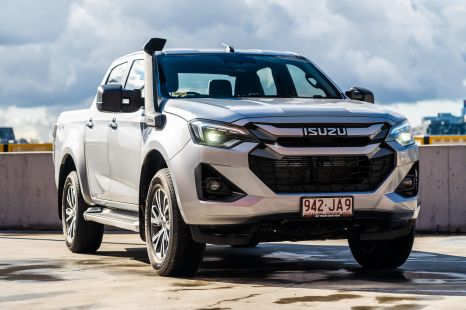

Max Davies
2 Months Ago
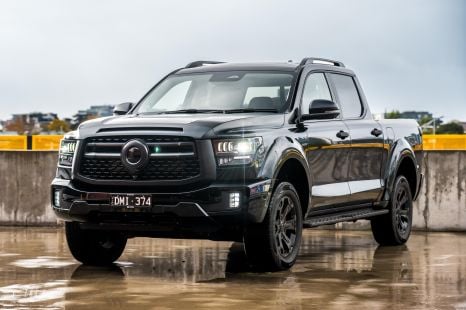

James Wong
2 Months Ago
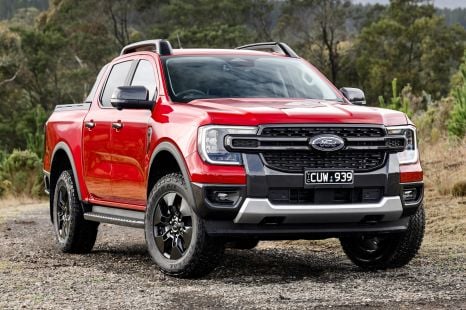

Max Davies
2 Months Ago
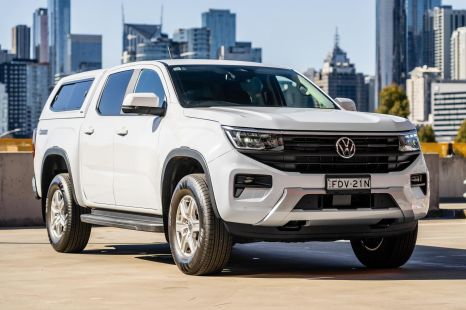

Max Davies
22 Days Ago
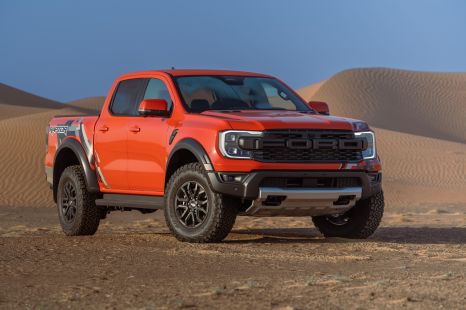

Damion Smy
18 Days Ago